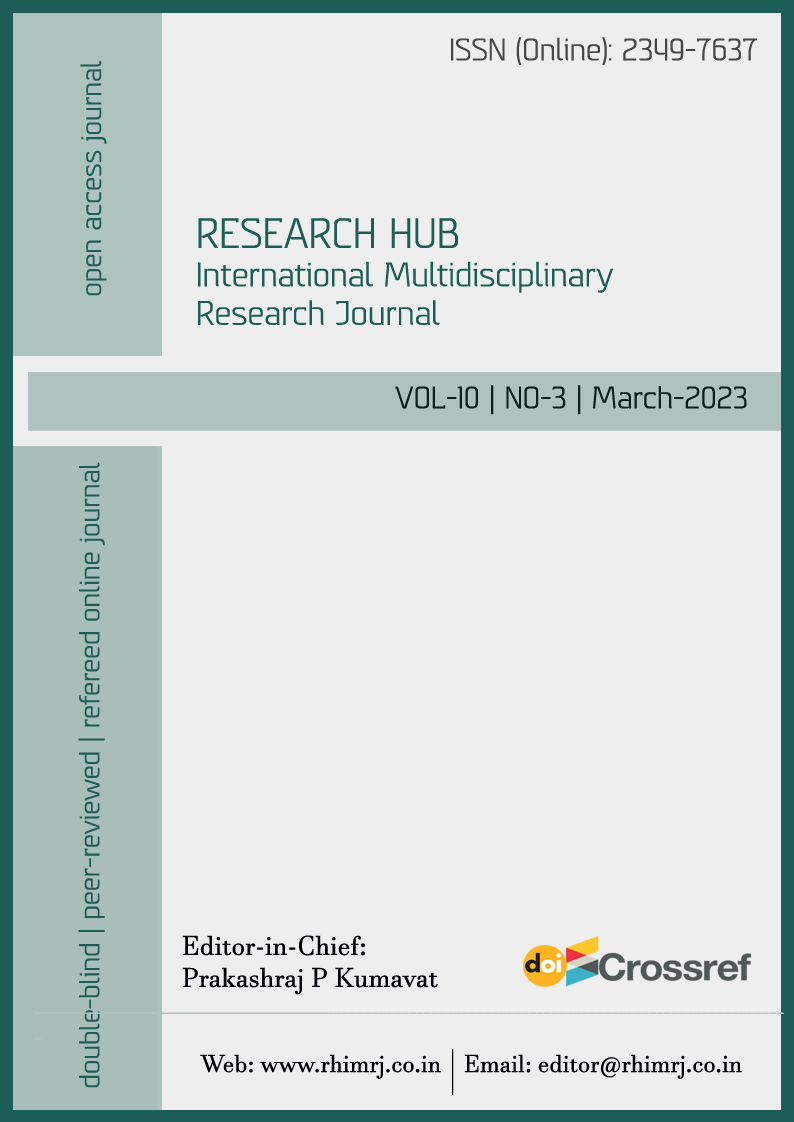Rajadharma: An Analysis of the Ancient Indian Political Texts
DOI:
https://doi.org/10.53573/rhimrj.2023.v10n03.004Keywords:
Rajadharma, Danda, Varna system, Dharma, Vedic traditionAbstract
According to the ancient Hindu political treatises like Dharmashastras, Manusmriti, Arthashastra and Mahabharata, among others, a key concept of ‘rajadharma’ has been explored which not only prescribes the duties and obligations of the king but also establishes the laws for good governance. Rajadharma has been conceived as instrumental in establishing dharma in society. The king was required to uphold rajadharma for the welfare of his ‘janapada’ or subjects by displaying the highest virtues himself and also establishingthe supremacy of dharma whereby all his subjects should abide by the moral norms and rules of conduct, enforced through the fear of punishment or danda. Dharma which is much more comprehensive than religion encompassed the human code of conduct in its entirety and laid down rules for the groups of people based on the fourfold varna system. According to Rajadharma, the king ensured stability and peace in society by ensuring the smooth functioning of the Varna system.
References
Altekar, A.S. “State and Government in Ancient India.” Motilal Banarsidas, Delhi (1958).
Apṭe, Hari Narayaṇa (ed.) Atrisaṃhita: SmṛtinaṃSamuccayah, 9–27. Pune: Ānandasrama (1905).
Derrett, J. Duncan M. “Dharmaśāstra and juridical literature: A history of Indian literature.” Volume 4. Wiesbaden: Otto Harrassowitz (1973).
Garg, Sushma. “Political Ideas of Shanti Parva.” The Indian Journal of Political Science 65, no. 1 (2004): 77–86. http://www.jstor.org/stable/41855798.
Kane, P.V. “History of Dharmasastra.” Bhandarkar Oriental Research Institute, Volume 1, Issue 2 (1975).
Macdonell, Arthur A. “A History of Sanskrit Literature.” Delhi, India: Motilal Banarsidass (2023).
Jha, Ganganatha. (ed.) “Manusmṛti, with the commentary of Medhatithi.” 3 vols. Calcutta: Asiatic Society of Bengal (1932–39).
Mess, G.H. “Dharma and Society.” Gian Publishing House (1986).
Narayan, Jitendra. “Relevance of Rajadharma of Ancient India.” The Indian Journal of Political Science 65, no. 1 (2004): 21–28. http://www.jstor.org/stable/41855794.
Parekh, B. The poverty of Indian political theory. History of Political Thought, 13 (3) (1992).
Pandey, P. Rajadharma in Mahabharata: With Special Reference to Shanti-Parva. DK Printworld (P) Ltd (2019).
Sarkar, Benoy Kumar. “Hindu Political Philosophy.” Political Science Quarterly 33, no. 4 (1918): 482–500. https://doi.org/10.2307/2141603.
Kangle, R. P. (ed. and trans.) “The KauṭiliyaArthasastra.” Delhi: Motilal Banarsidass [1992 (1960 65)].
Zimmer, Heinrich. “Philosophies of India.” Edited by Joseph Campbell. Princeton, NJ: Princeton (2020)



